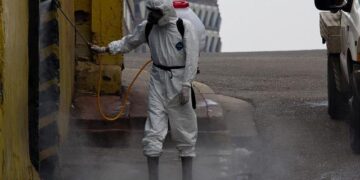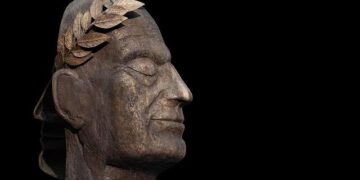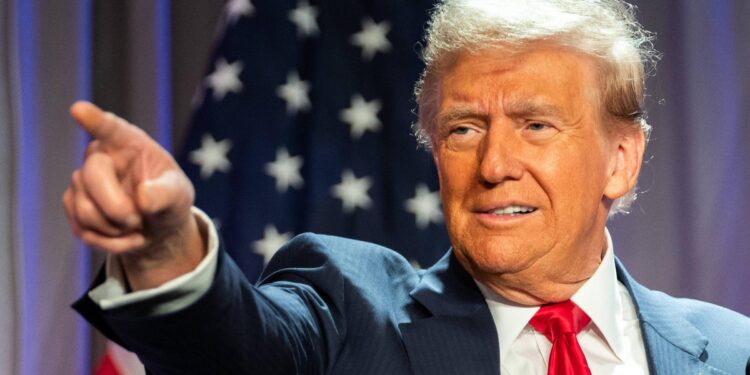Former President Donald Trump has posted a digitally altered video depicting himself piloting a fictional “King Trump” jet flying over protesters, in a move that has sparked widespread criticism and condemnation. The video, which circulated prominently on social media platforms, portrays an extravagant and surreal image of Trump soaring above unrest with the silhouette of the Statue of Liberty in the background. Critics argue that the footage is a deliberate attempt to glorify his persona while trivializing ongoing protests, raising concerns about misinformation and the impact of such content on public discourse. This article examines the origins, content, and reactions surrounding the controversial video shared by Trump.
Trump Shares Misleading Video Depicting King Trump Jet Over Protesters
In a controversial move that quickly went viral, former President Donald Trump shared a doctored video purporting to show a fictional aircraft dubbed the “King Trump” jet soaring dramatically over a crowd of protesters. The video, however, was a clear fabrication, blending computer-generated imagery with real footage to create a sensationalized and misleading narrative. Critics argue that the post was intended to amplify tensions and bolster Mr. Trump’s loyal base by depicting an exaggerated show of power and dominance over dissenters.
Key points about the video include:
- Use of CGI to insert the customized gold-and-black jet into protest footage.
- No evidence that the “King Trump” jet exists or flew during any protest.
- Social media platforms flagged the content for misinformation but allowed it to remain up with warnings.
- The video has sparked debate about political messaging and the ethics of digital manipulation in public discourse.
| Aspect | Details |
|---|---|
| Source | Trump’s verified social media account |
| Video Type | CGI manipulated footage |
| Social Media Reaction | Flagged for misleading content |
| Public Response | Polarized, with widespread criticism |
Analyzing the Impact of Political Misinformation on Public Perception
The circulation of digitally manipulated content by prominent political figures has intensified the challenges surrounding public trust in media and institutions. When a fabricated video-such as the one depicting a “King Trump” jet flying over protesters-is disseminated, it blurs the lines between reality and fiction, making it harder for audiences to discern factual information. This deliberate misinformation not only fuels polarization but also undermines democratic processes by distorting public perception of ongoing social and political events.
The effects are multifaceted, impacting various segments of society in distinct ways:
- Confirmation Bias: Supporters may embrace false content as validation of their views, further entrenching divisions.
- Information Fatigue: Overexposure to misleading videos leads to skepticism, causing some to disengage from important political discourse.
- Media Credibility Crisis: News outlets face increased pressure to verify sources while combating the viral spread of fake content.
| Impact Area | Consequence | Long-Term Effect | |||||||||||||||||||
|---|---|---|---|---|---|---|---|---|---|---|---|---|---|---|---|---|---|---|---|---|---|
| Public Trust | Erosion of confidence in news sources | Heightened skepticism towards all media | |||||||||||||||||||
| Political Discourse | Amplified political polarization | Stalemate and reduced bipartisan collaboration | |||||||||||||||||||
|
The circulation of digitally manipulated content by prominent political figures has intensified the challenges surrounding public trust in media and institutions. When a fabricated video-such as the one depicting a “King Trump” jet flying over protesters-is disseminated, it blurs the lines between reality and fiction, making it harder for audiences to discern factual information. This deliberate misinformation not only fuels polarization but also undermines democratic processes by distorting public perception of ongoing social and political events. The effects are multifaceted, impacting various segments of society in distinct ways:
|































